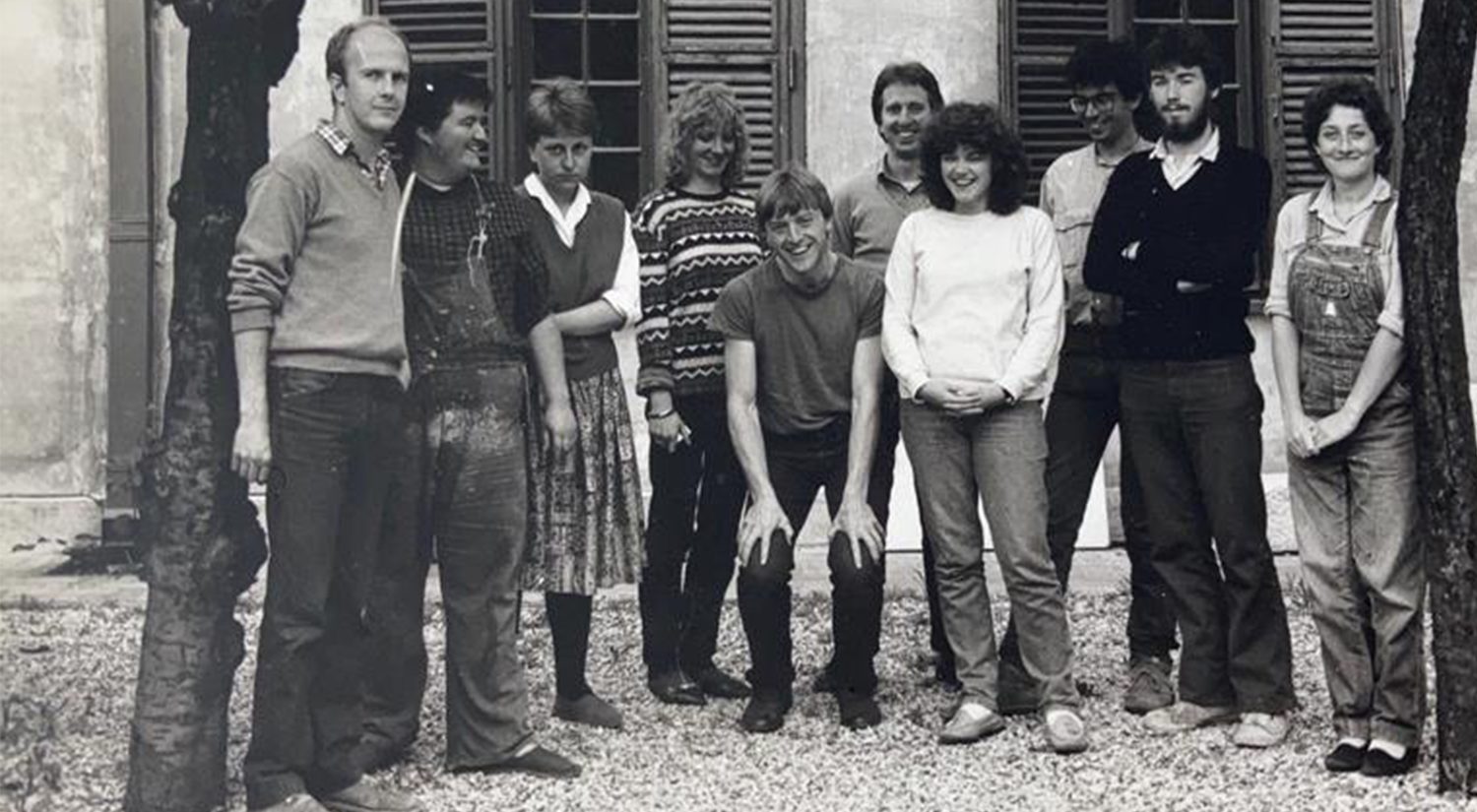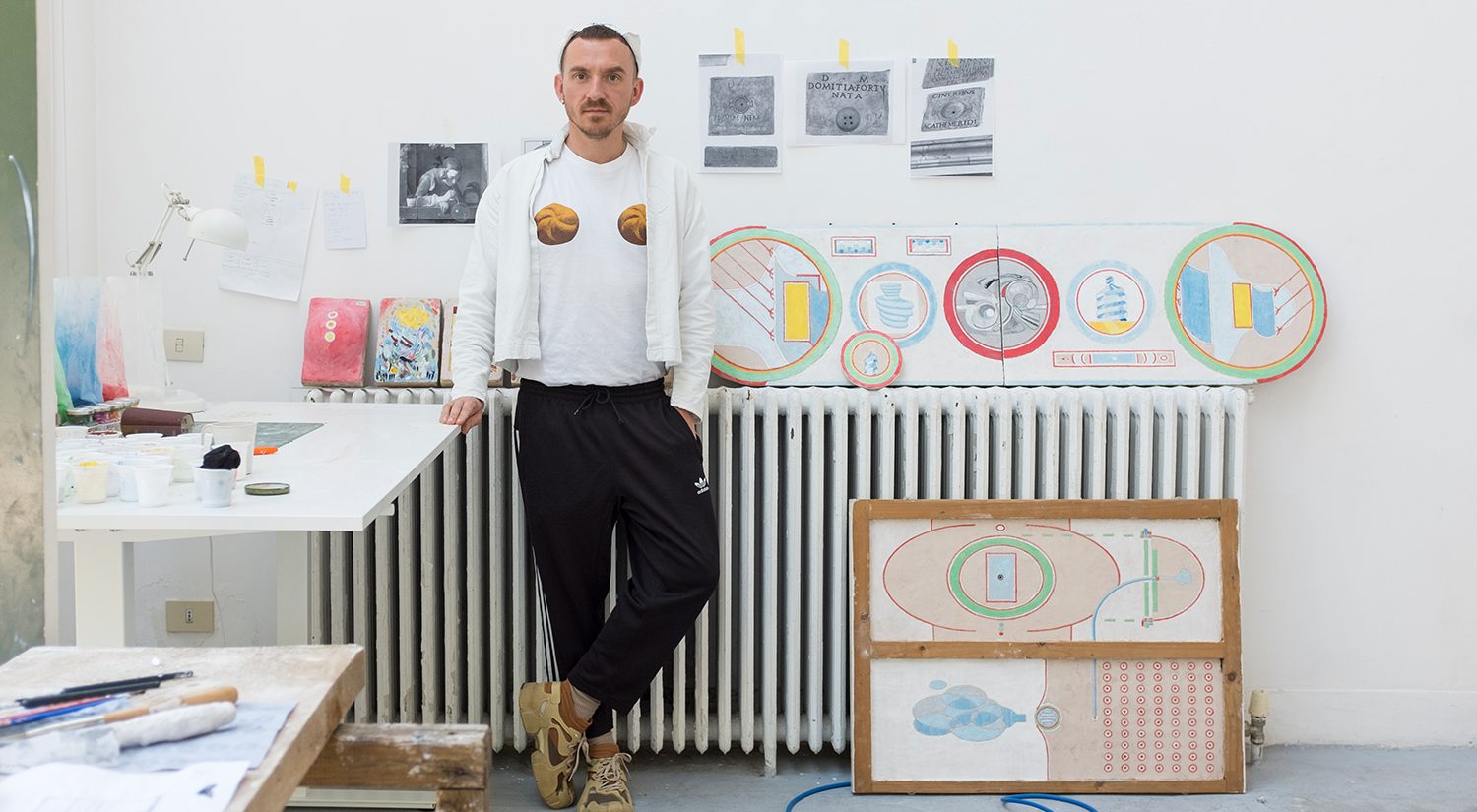Eleanor Jolliffe talks to Selina Mason about her time at the British School at Rome.
By Eleanor Jolliffe
See the original article here.
Some people, thoughtful and well intentioned, were worried about the scale of landscape change that was unleashed on East London for the Olympics. Whilst understanding their concerns Selina Mason, the person responsible for the delivery of the Olympic masterplan, found herself drawing on her study of Rome for reassurance. The Roman way of re-casting landscape became inspirational to her and the design team as they made a place for a new era of the city; much ascenturies of Roman placemakers had done-shifting the monuments of thelandscape to suit a new future for the city.
Mason spent nice months at the British School at Rome (BSR) as its Architecture Scholar in 1993, having applied at the urging of a tutor at Sheffield University. She went to study the materiality of Hadrianic and Vespasian-era Imperial architecture, but found herself increasingly absorbed by the history of Roman landscape and the remnants of history present in it. The thing about Rome, Mason asserts, is that you can’t go there and study a building. Even at the smallest detail you can’t avoid the larger urban picture.
It’s a perspective which has influenced and shaped her subsequent career. As well as delivering the Olympic Masterplan, Mason was formerly Head of Design Review at CABE and is now Director of Masterplanning at Lendlease Europe, and sits on several design review panels.
Mason admits to always having been interested in the wider, more urban view of architecture but it was in Rome that she learnt to flex her contextualisation muscles: ‘it encourages you to think in 4D, not just 3D’. Rome teaches you about the force of events, and time plays a compelling part in that, as Mason explains. Ideas disappear, styles go in and out of fashion and cities change but streets, they tend to stay.
This has stuck with her through her career as a professional client. Furthermore she added it’s important to have humility when working on these big projects, to be aware of what a small part inthe journey of a city you are, and to make decisions that still have substance in the face of the future.
The joy of life at the BSR for her was the freedom of time there. It’s a freeform process with noobligation to fulfill. She found herself getting drawn into other people’s work, discovering other people’s Romes. There’s always something to be inspired by in Rome.
The people and the conversations have stuck with her. Indeed she married the Abbey Scholar in Painting who was there at the same time. She also remembers Zaha Hadid coming to give a lecture. She and David Bass (also an architecture award holder in 1993) had gone to pick her up from the airport in his “tiny, mad car”. Hadid, it seems, was unimpressed, by the car, or the accommodation at the BSR. Mason is discrete but uses the phrase “full diva mode” in our conversation, and I understand Hadid spent the night in a nearby hotel in preference to the BSR.
The BSR, Mason remembers, always felt slightly separate from the city. Geographically removed from the historic centre by the Villa Borghese gardens, and architecturally reinforced by the imposing steps to its facade. It has a slightly institutional quality with bells calling you to meals. Going into the library at night though she said was always magical, the lights slowly coming on around you like the dawn.
It wasn’t like the other cultural institutes though, she muses. There is a strong tradition of hospitality between the foreign institutes in Rome and most award holders visit many of the other institutes during their time there. The French are housed in the grand palazzo Villa Medici. The Finns and Norweigians are perched above the city in renaissance villas on the Gianicolo. The Americans’ instituteis imposingly and opulently well funded.
You learn a lot about your own country by visiting the other institutes, she notes. The differing level of investment in cultural and academic exchange is perhaps instructive.
Rome and the BSR seem to run as an inspirational subcurrent in Mason’s life. You don’t think about it for years she notes, then suddenly it’s everywhere!











